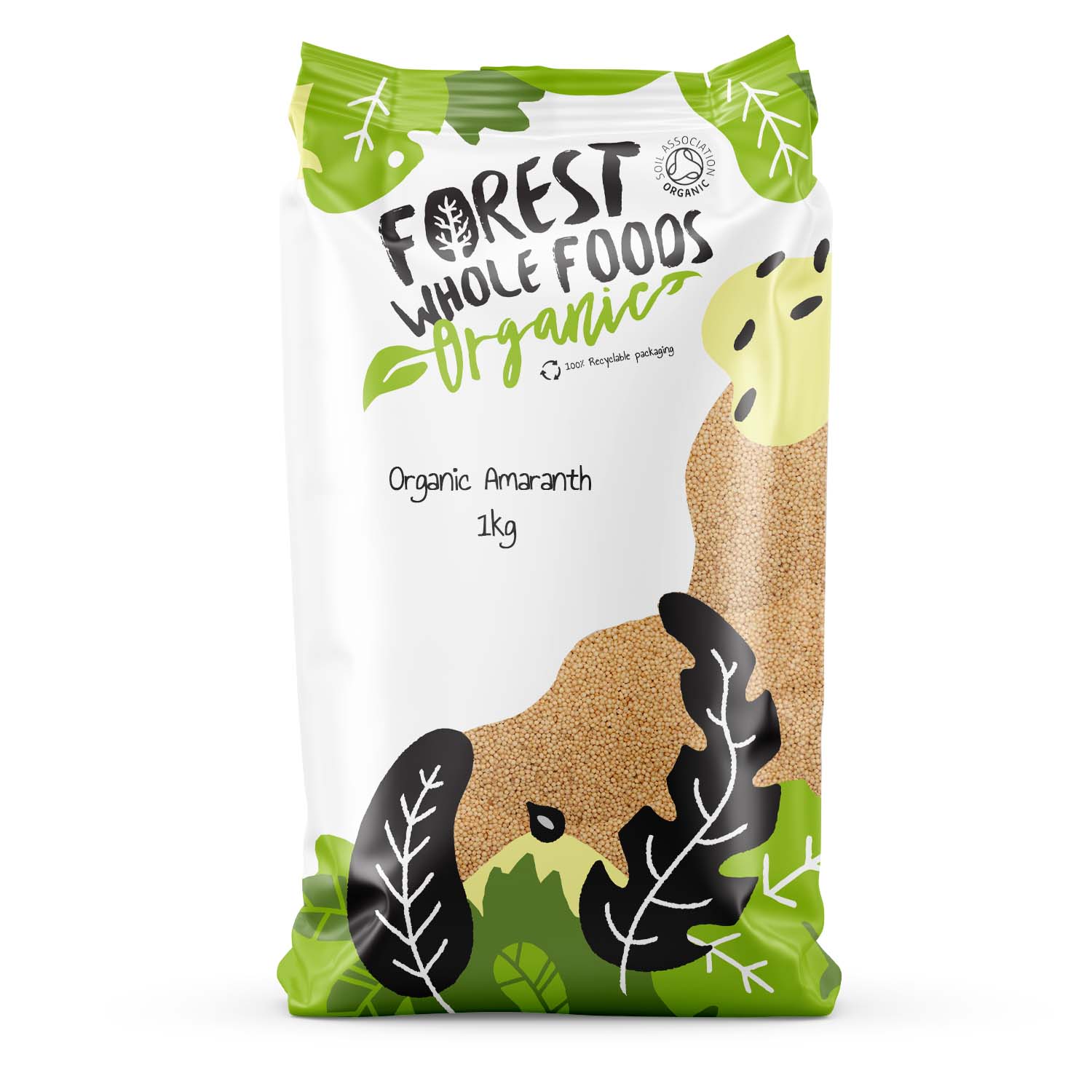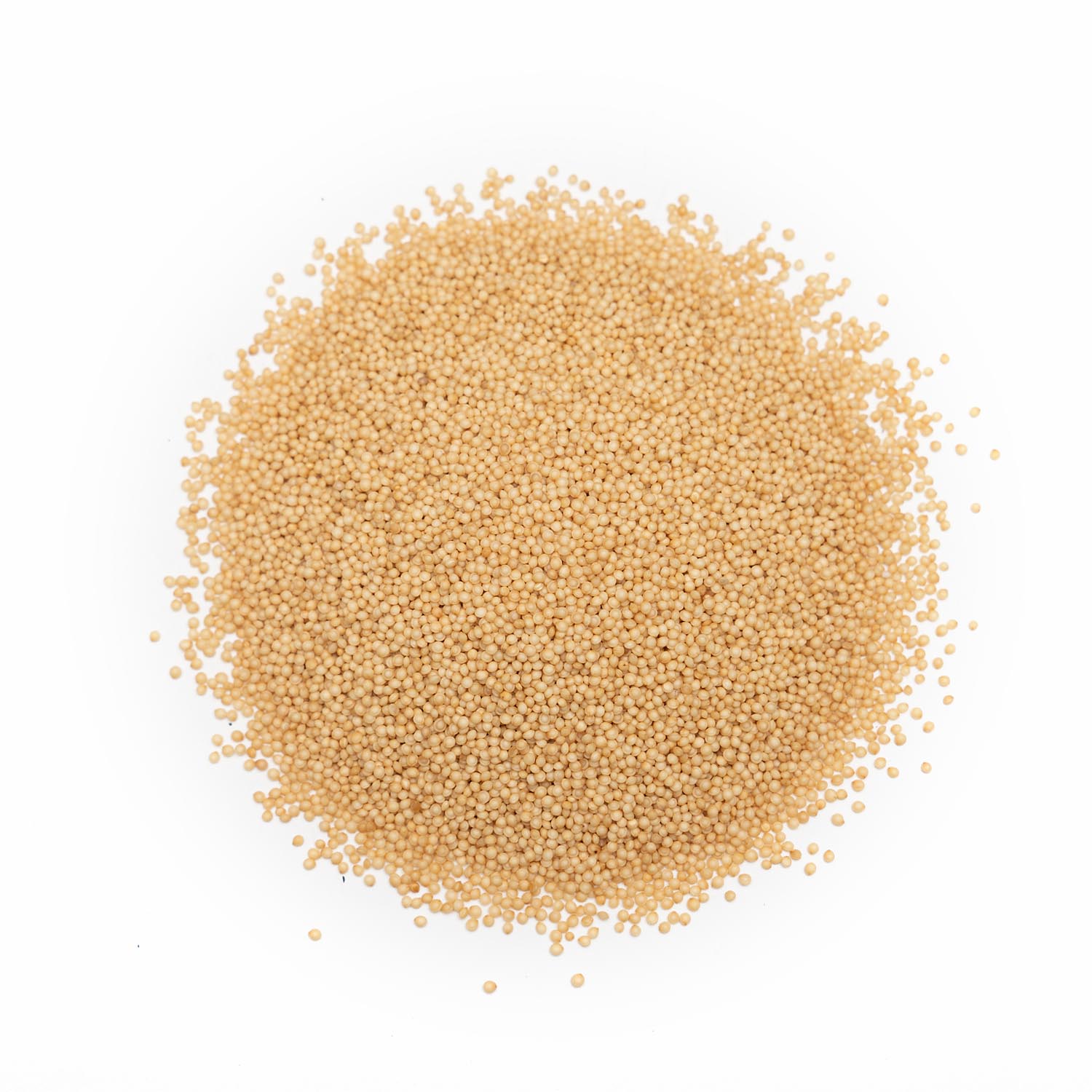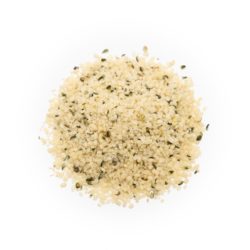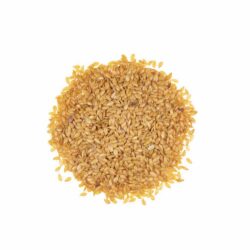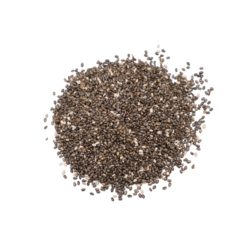Description
Organic Amaranth is an Ancient Grain containing 18 amino acids.
This ancient ‘pseudo-grain’ is actually a seed so it is a nutrient dense option for any diet. Organic Amaranth seed is gaining popularity because it has a unique protein profile and its oil can be found in supplement form due to its ratio of omega fats.
This delicious but tiny seed is referred to as ancient because it was first cultivated by the Aztecs 8000 years ago. The amaranth plant grows up to 6ft high and has bright red or gold flowers.
The protein in amaranth is easily absorbed and it contains the amino acid lysine. Lysine is one of the amino acids which is harder to find in a plant based diet. Amaranth is a popular addition for vegetarians and vegans as it contains 18 amino acids including the 9 essential ones. If you eat a typical 90 gram serving you benefit from 3.42g of protein.
Amaranth is so tiny it can fall through a normal sieve which makes it harder to strain. You can buy a fine mesh sieve or cook it with other grains and ‘pseudo grains’ such as brown jasmine rice, quinoa and buckwheat.
Ingredients: Organic Amaranth
Origin: India
Allergen Information: Packed on premises that handle gluten, tree nuts, sesame, soya, peanuts, celery, mustard







